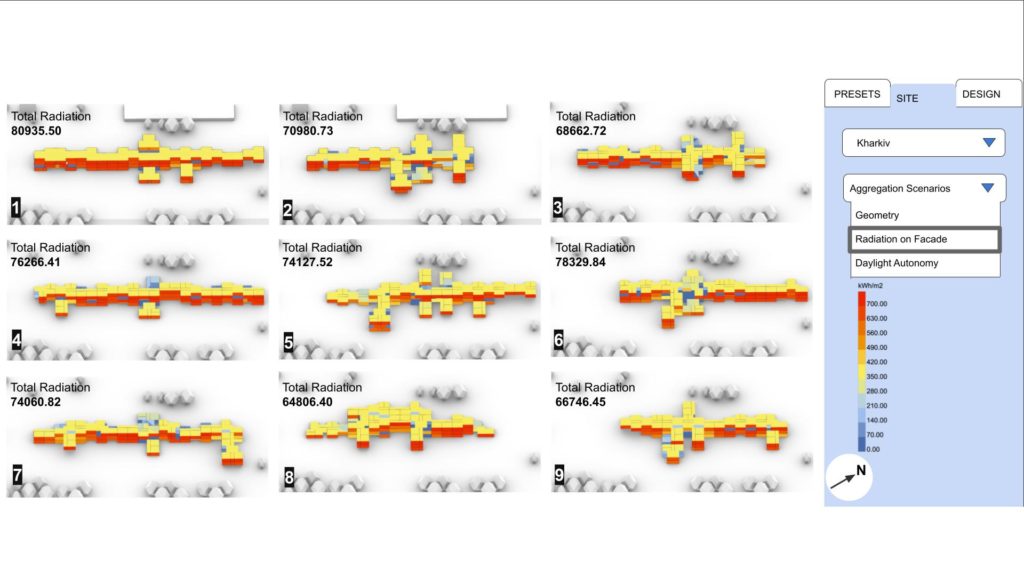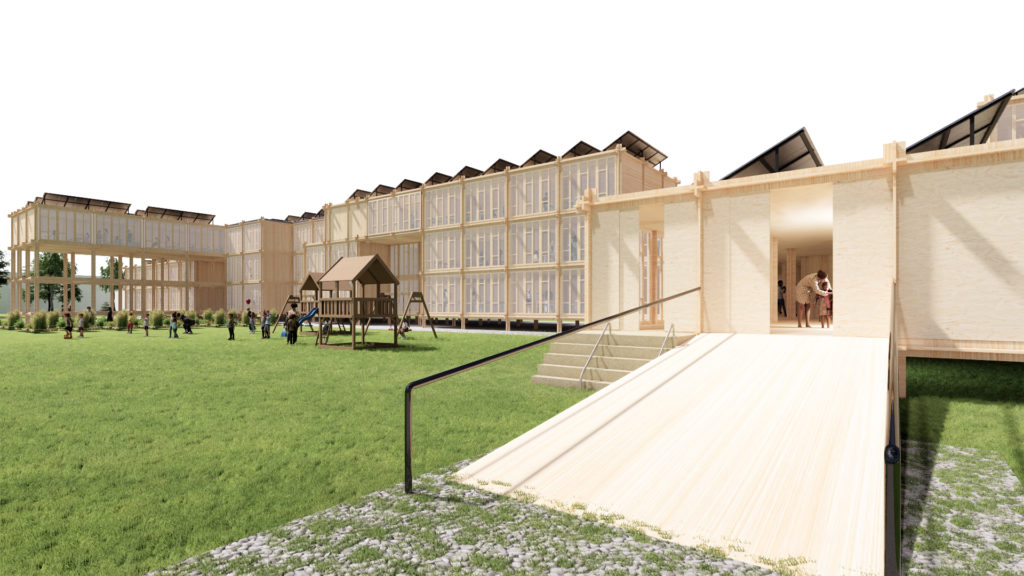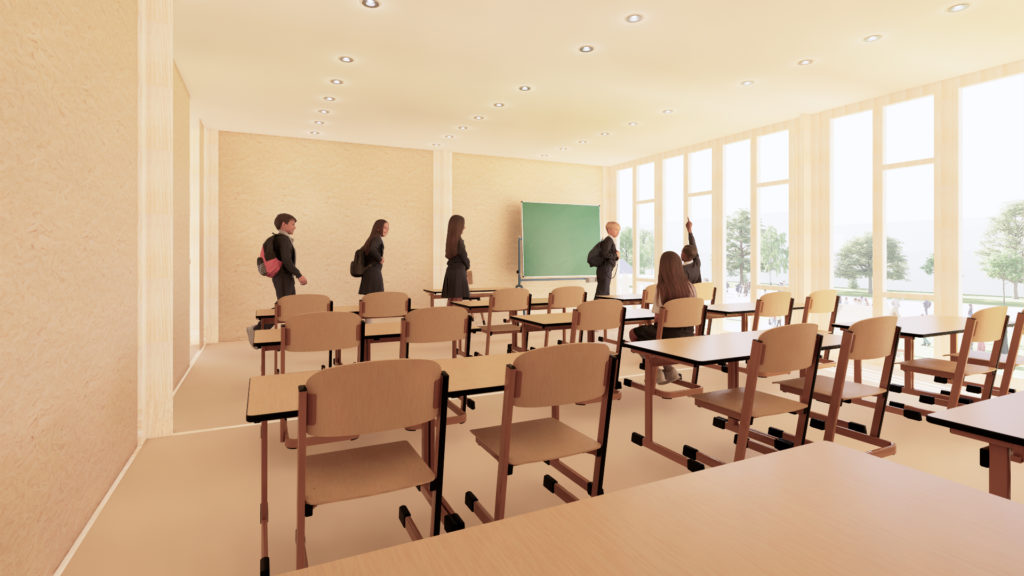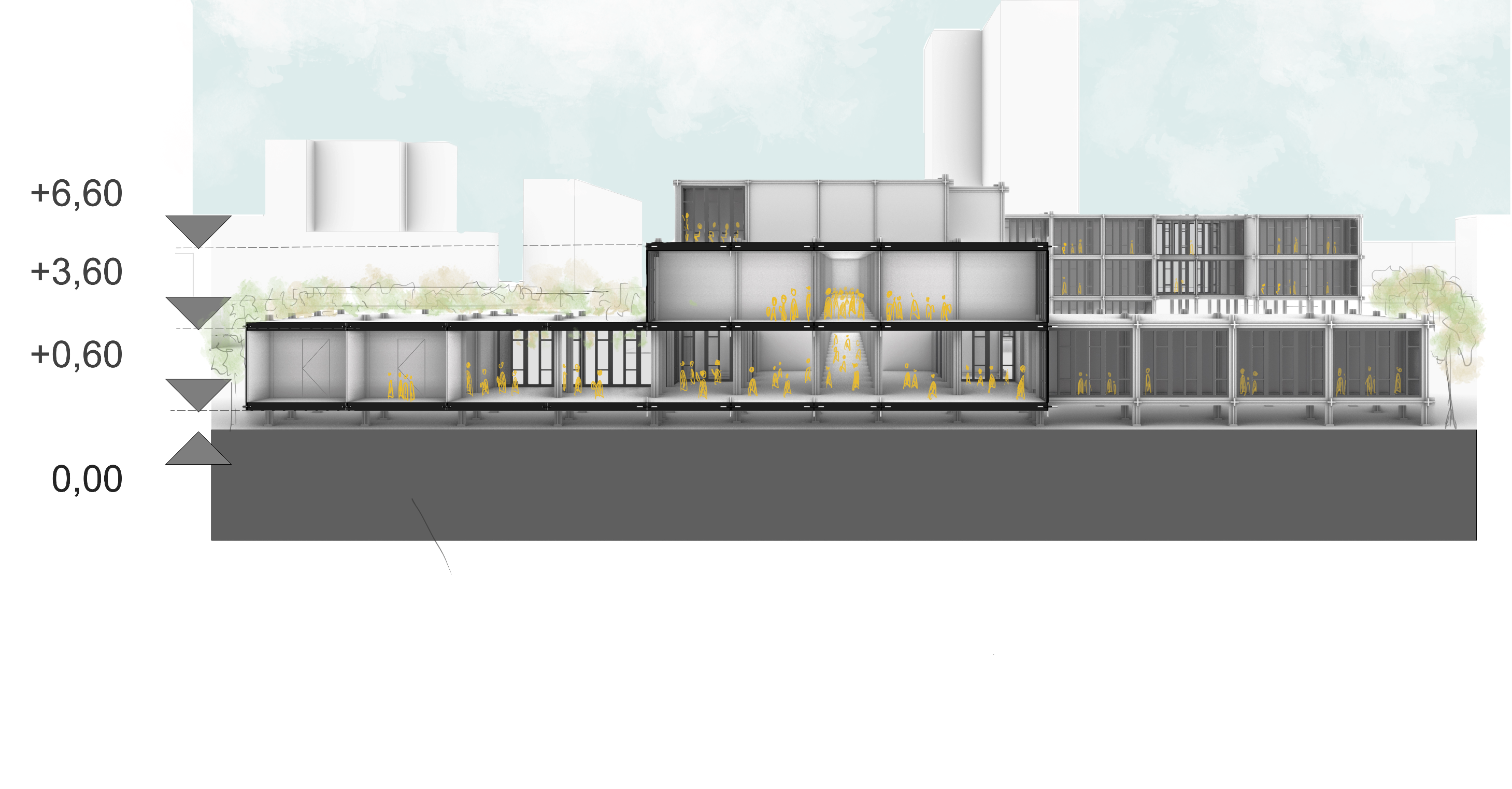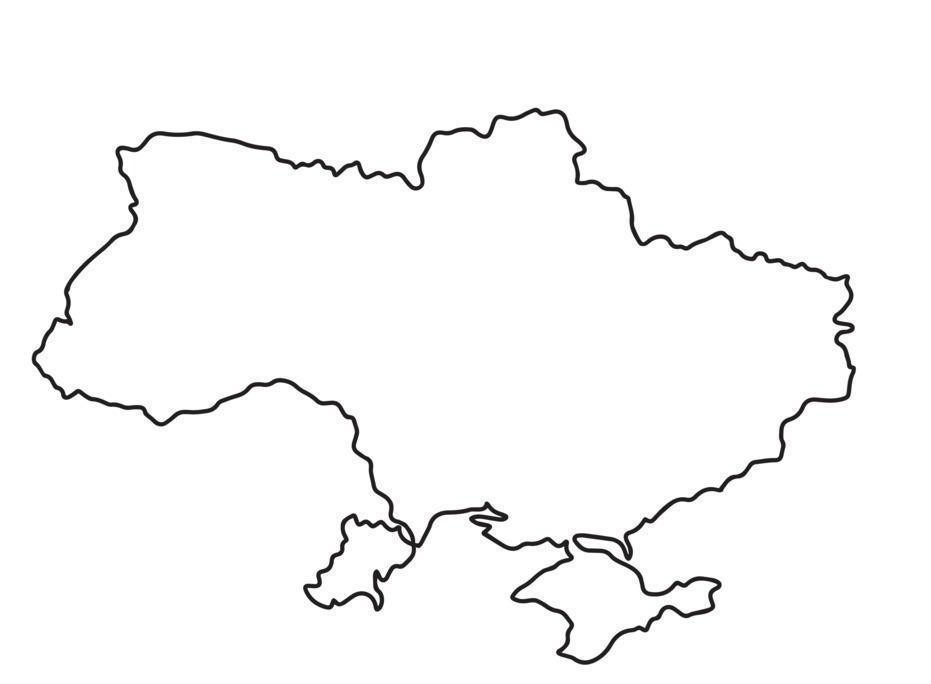

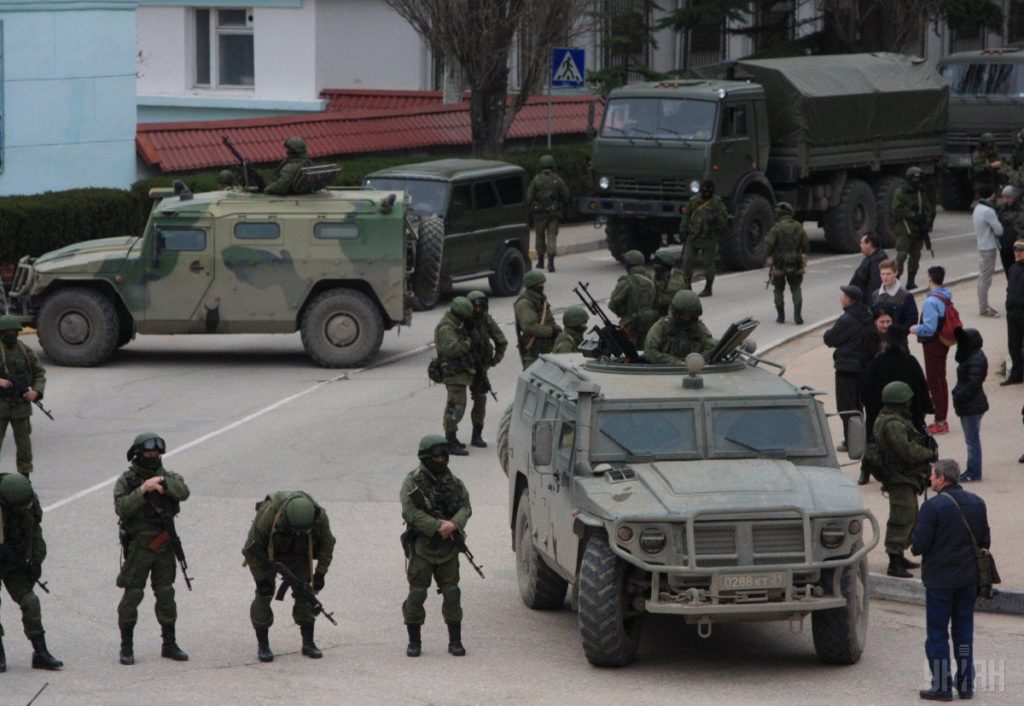
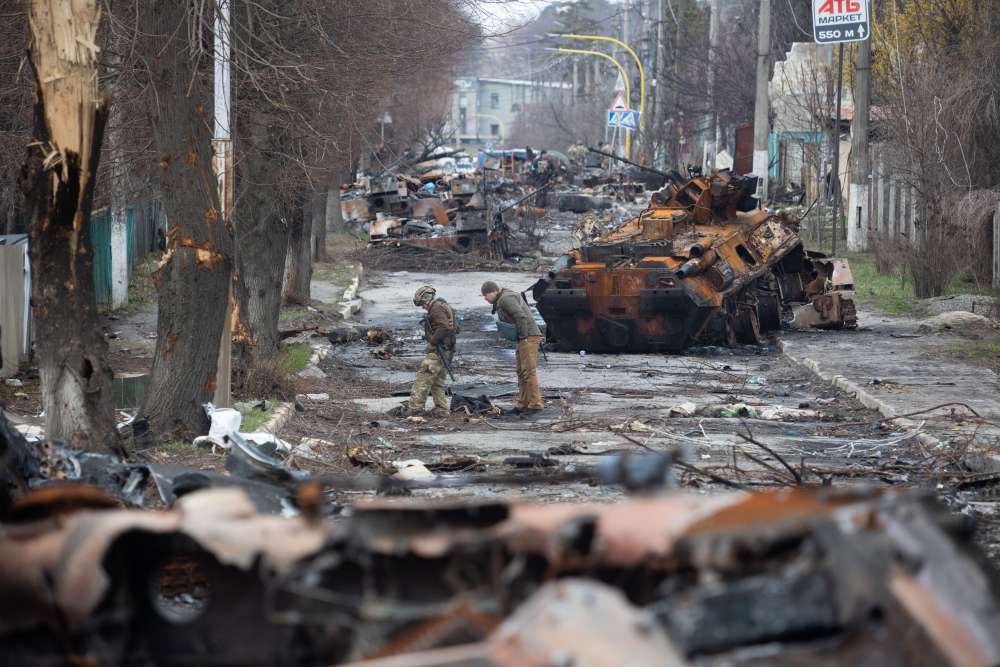
As a target country for our project we selected Ukraine, the biggest European country that is located in the eastern part. Ukraine has 1000 years of history, during which it has been fighting for freedom and identity. In 2013 in Kyiv students started the protest, which evolved into the revolution of dignity, after the president of those days preferred Russian course over European. In 2014 Russia used the instability of the government and occupied the Crimea peninsula and two cities on the east. After 8 years of hybrid war, Russia started a full scale invasion aiming to erase Ukrainian freedom and identity.
The war has been going on for over 9 months. It has caused huge distraction, human losses, ecology disaster and war crimes done by russian soldiers against civilians in Ukraine.
Today more the 140000 housing buildings were destroyed, many people were forced to flee
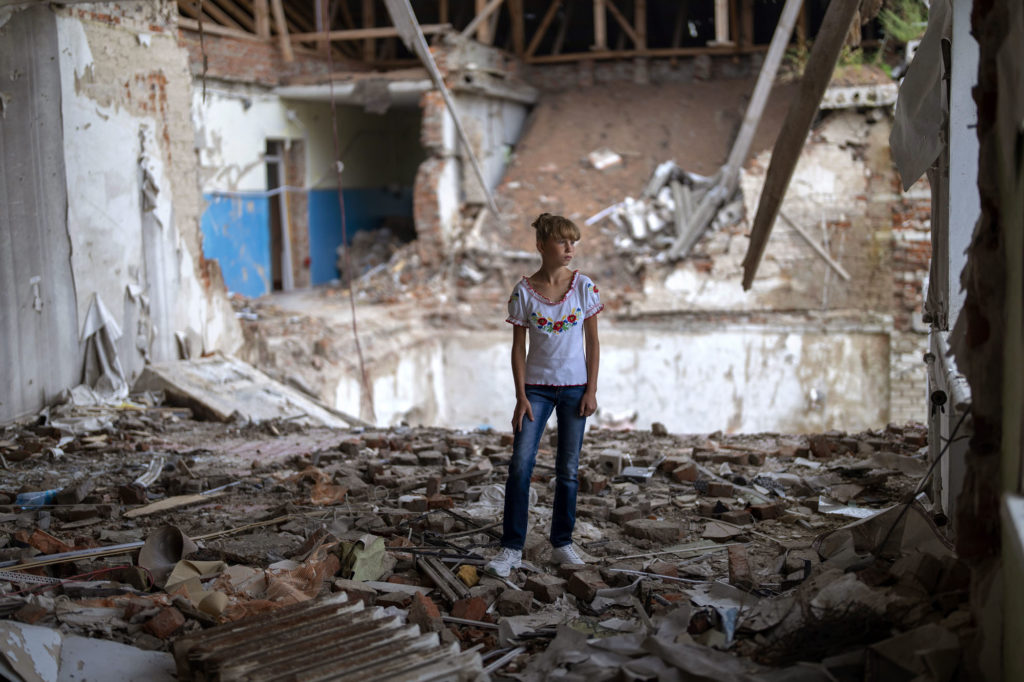
“Attacks on schools, students and educators are attacks on children’s right to an education – and on their futures.” (Unicef)
2382 schools damaged, 332 destroyed in only nine months
The project aims to provide a quick, cheap and sustainable solution to reinstate safety and normality in the lives of children affected by wars and emergencies.


We studied typical schools distributions and synthesized it in a 1,5 raster and a module of 15×15 .

Inside the 15×15 we fitted the essential functions of a school, the lobby, classes and services ( chill area, toilets, staircases ecc…)

Corridors are the module’s connectors and vary from straight I corridors, L corridors and T corridors. Every Unit accommodates classes, circulation and services in different combinations, positioning takes into account smaller depths to permit natural light and ventilation inside corridors. On average we calculated around 60 students fitting a 15×15 module unit.

The aggregation’s logic is defined by this grammar. Every I unit can connect to the other I units but not to itself.. I1and I4 can connect to Ls and I2 can connect to Ts. Vertically every unit is connected to itself.

The system is intended to be flexible and adaptable to the scale of the students affected by the emergency. For this reason we decided to create a platform that is user friendly with fixed steps. Those steps are going to be the inputs of the project that will output different results that the user can choose from based on the results parameters. Schools total capacity is defined by the number of schools and the amount of students affected by school’s destruction that need to be relocated. From location we can understand sun path and exclude the shaded areas from the aggregation. Finally units aggregations are presented and can be selected with parameters such as maximum solar radiation.
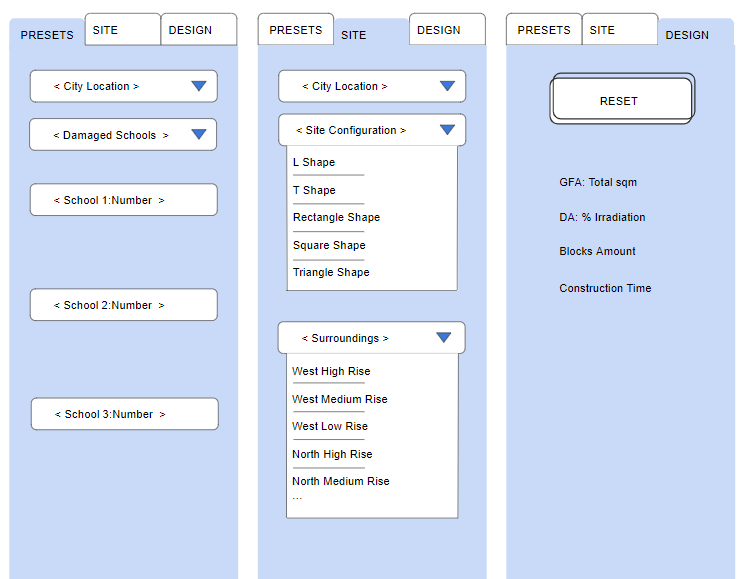

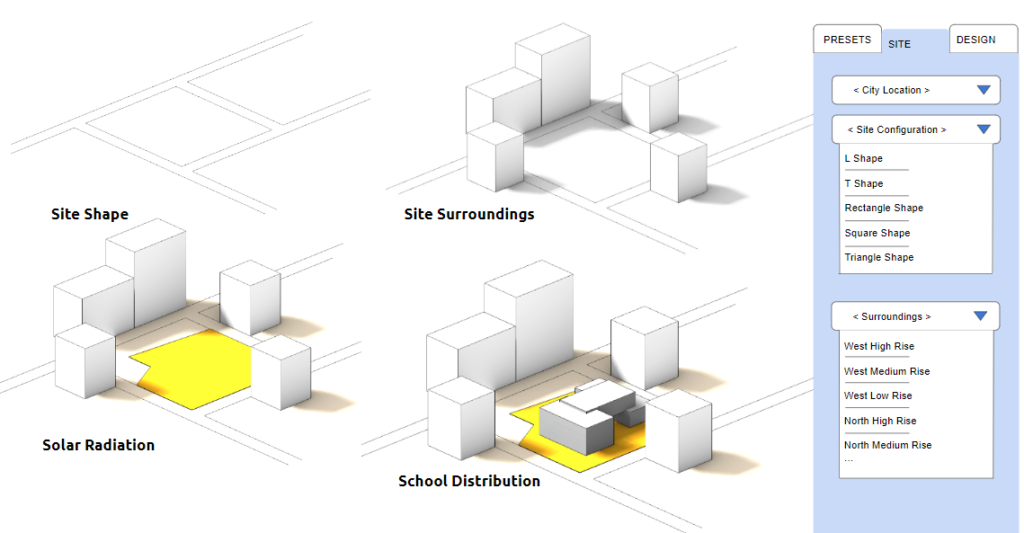
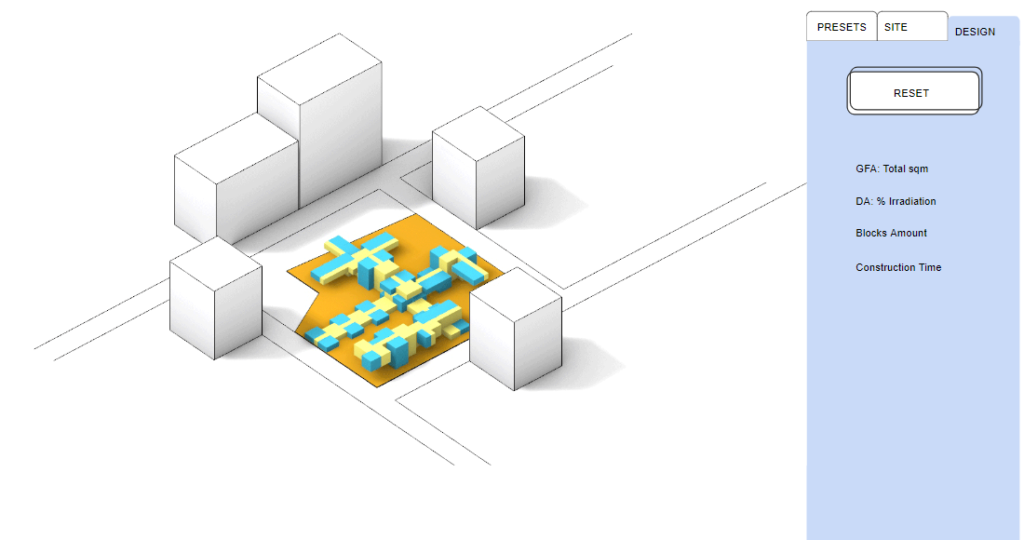
Sustainable design is very important to be able to respond to several emergencies without producing a heavy carbon footprint. The cycle starts from first production and is transported, assembled and disassembled to be transported to another site once emergency situation is over. To be able to employ volunteer’s workforce assembly system and components are limited and easy assembly. Assembly starts from the node element that connects together beams and columns. It is an interlocked system reinforced with steel elements inside to increase stiffness at joints. Floors and facade also have an interlocking system and simple hinges for operability. A truck can transport 2 complete units at the same time and we expect 1 module to be fully mounted in the period of 1 week at maximum .
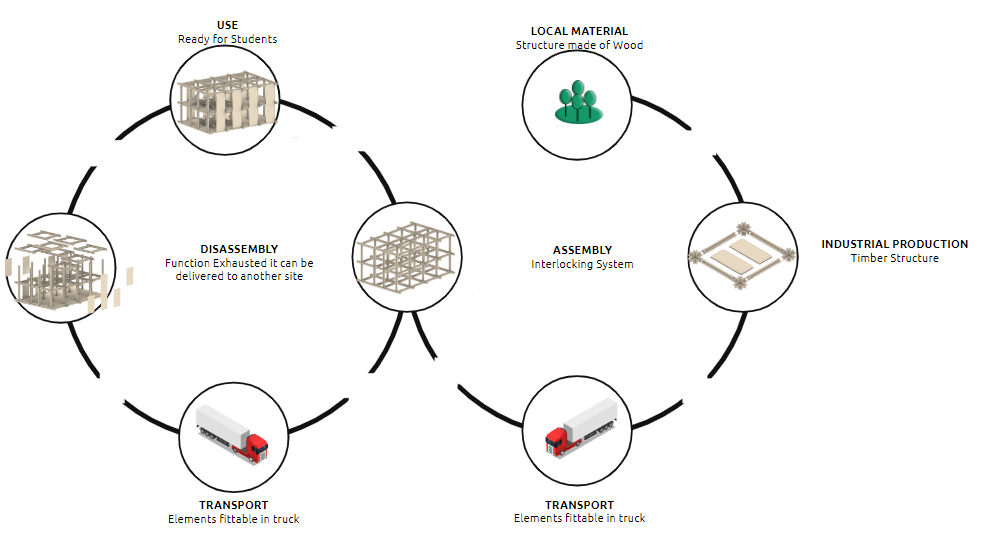

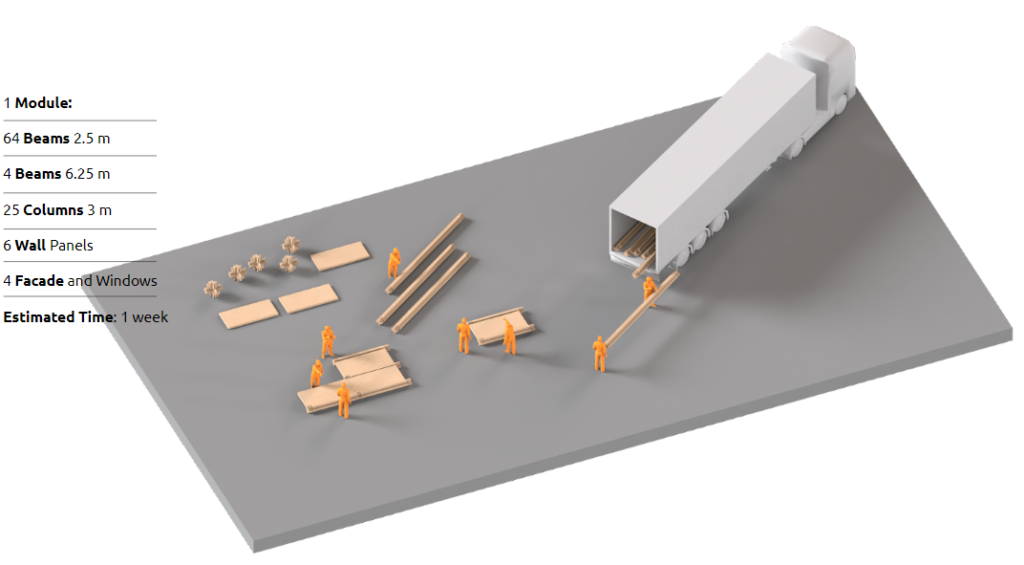
For structural parts dimensioning we simplified the system from cross cross sections to squared, we included points foundations and braces. Diagram of the loads applied for structural research. As the parts aggregate we can monitor the structural performance and the overall mass. Section is 30 cm but we are utilizing more material than needed. For this reason we tried to optimize the cross section but it resulted in a very complicated combination of different structural elements. Introducing steel rods gave us best results but rods don’t do much for structural stiffness when too many. Finally we selected the best option that is same cross section of 25 cms and steel rods distributed around the structure to respond to horizontal loads. Optimization resulted in half the mass and consequently half the carbon footprint, without considering transport, disassembly and reuse.



Case Study: Kharkyv
Kharkyv is second biggest city of Ukraine with 1.5 million inhabitants and 200.000 students
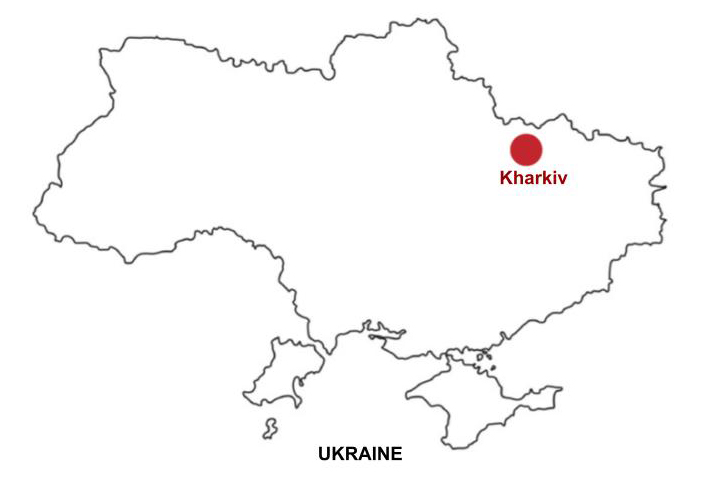
It is close to the border with Russia, occupied for a long time, extremely damaged from the beginning of the war. In Kharkyv, 43 educational institutions are destroyed and 502 are damaged.
Started our site finding process with mapping the schools in Kharkyv region. Later the damaged schools are mapped to focus on an area where the number of damaged schools are high. Our intention is to find a site where we can be in close proximity to 2-3 damaged schools to accommodate the need. In Oblast area where we zoom in, there are 4 damaged schools close to each other with 3400 student capacity in total.
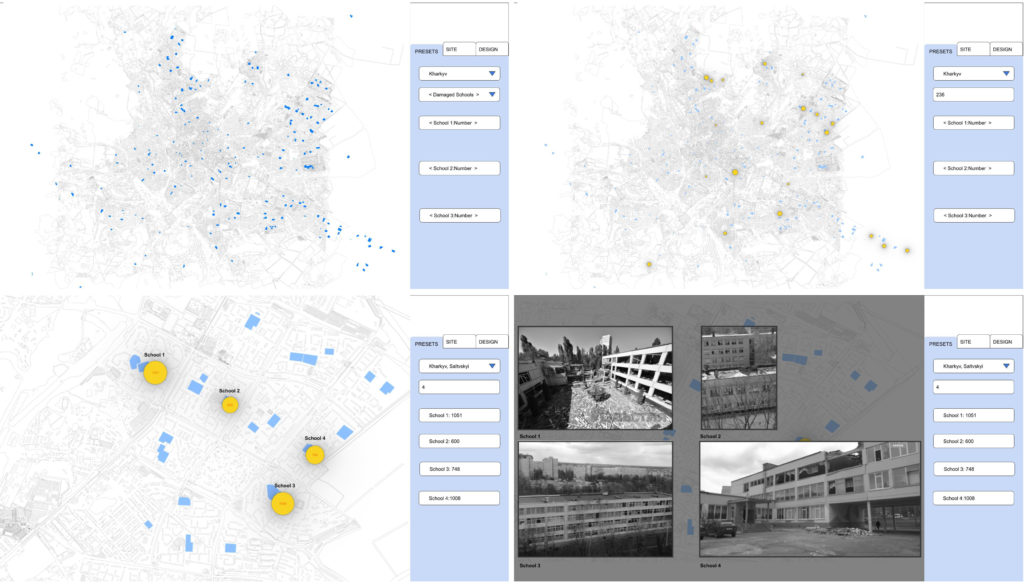
The selected site is located on the inner zone of a block which is surrounded by a main road. Students can reach the main road around the block by public bus, tram or car. It takes 5-10 minutes to reach the site by foot through secondary roads. Housings, education centers and car parking lots are located around our site. The outer periphery of the block is surrounded by 5 and 10 floor high housings. Closer to the site, there are 2 floor high education centers and 1 floor high car parking lots.
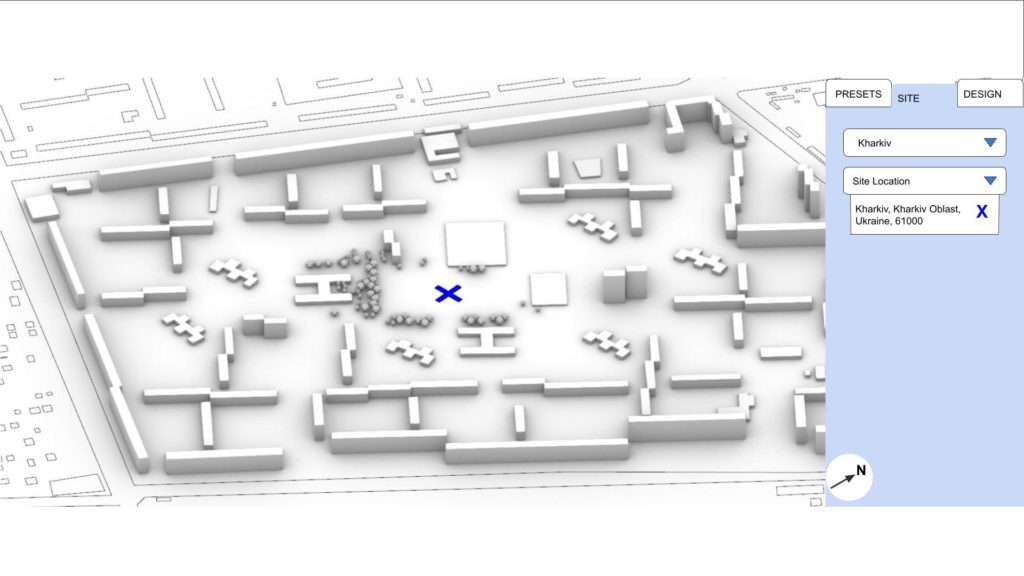
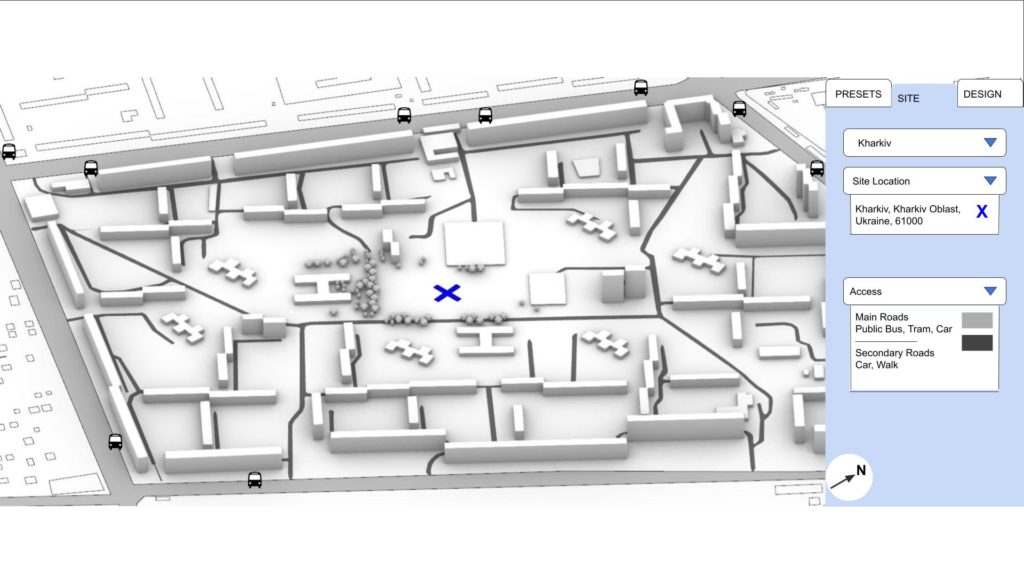

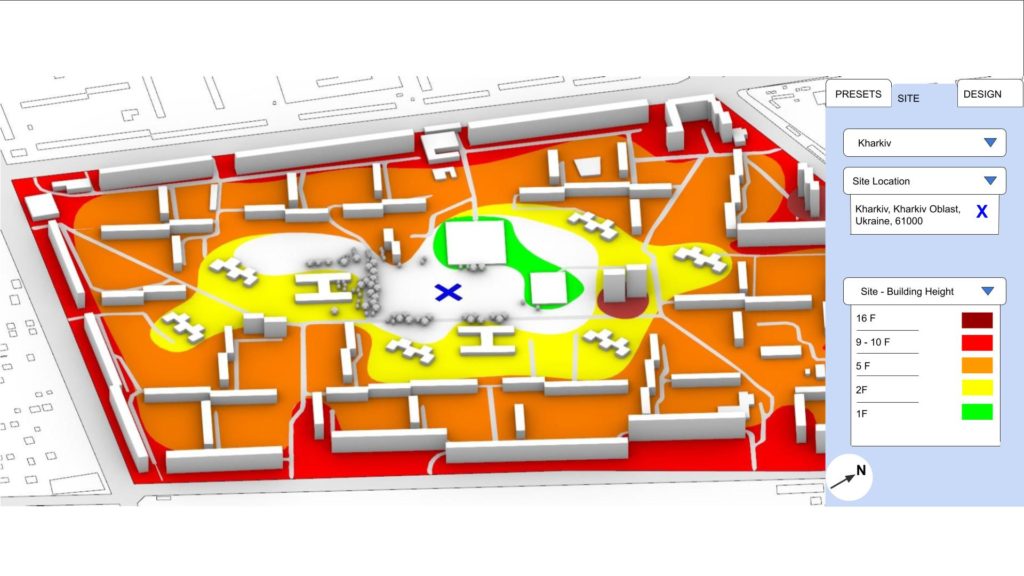
Blue cross is the base of our boundary studies. It is a sports track of one of the educational institutions around. Initial rectangle boundary is selected to benefit the maximum empty area. Later close environment such as buildings and trees are detected around the initial boundary for keeping reasonable distance with our design. The boundary of the close environment is detected. Further 6 m offset is applied from the close environment boundary. First boundary within 6m distance from the close environment is extracted and later used to apply sunlight hour studies.

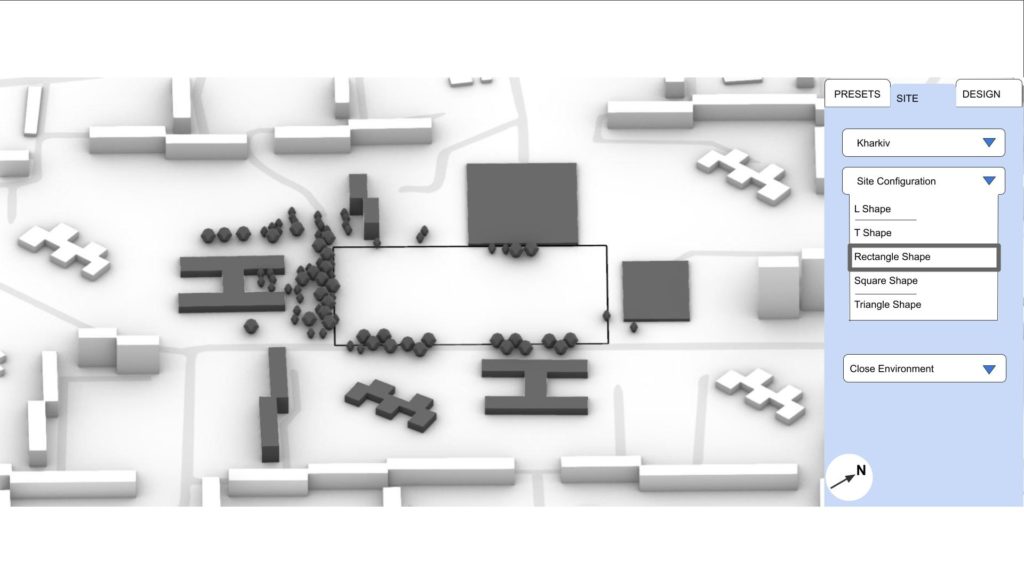

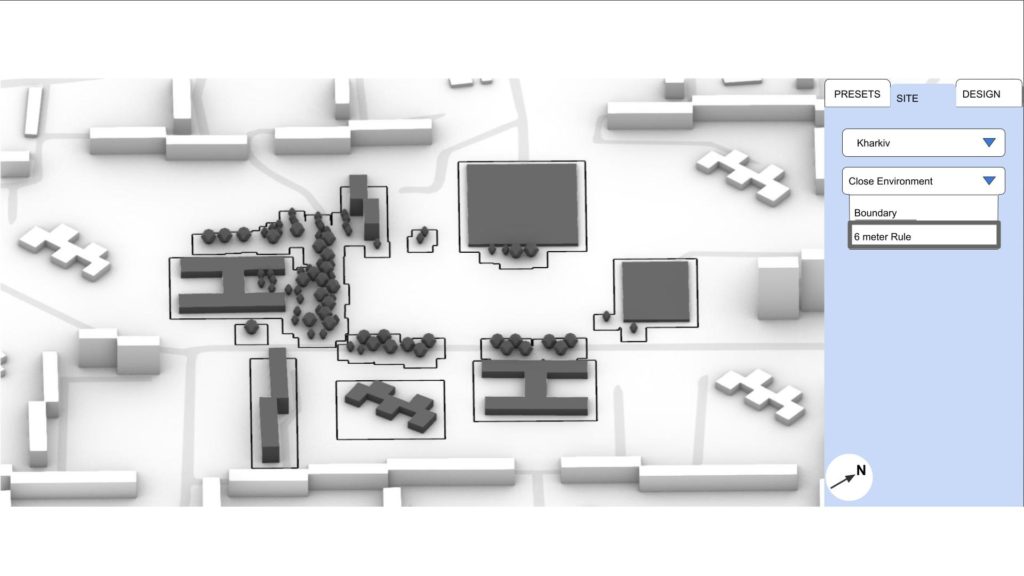
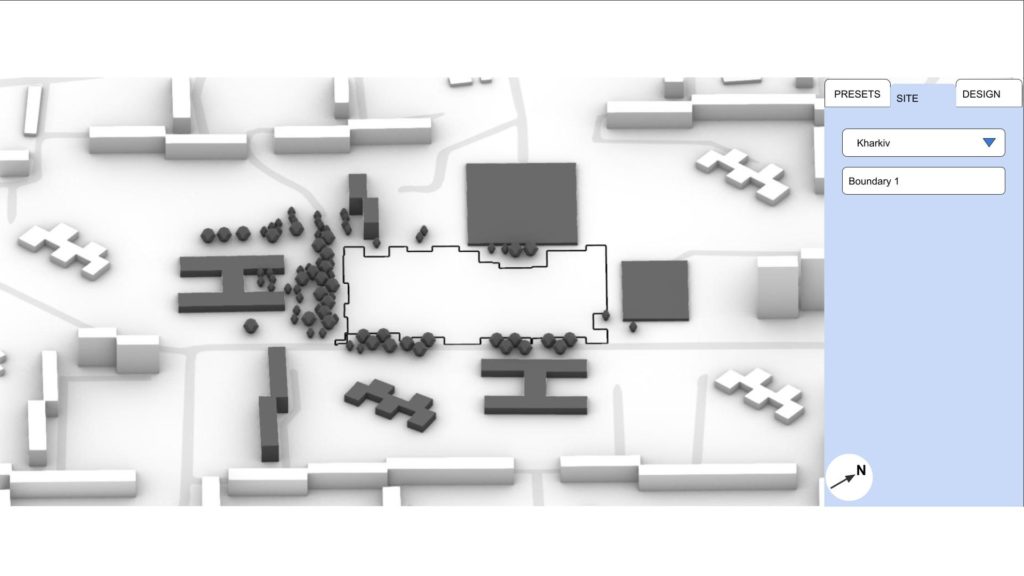
For the sunlight analysis the sun’s movement is checked from October to June from 7 am till 3pm based on the time schools are active during the year. For sunlight hours we worked on the coldest time of the year in Kharkyv which is the first week of February. First the sunlight hours are analyzed on the site within the boundary from the distance of surrounding buildings. The sunlight hours are filtered on the zone to obtain the area which is exposed to more than 6h of sunlight. Second and last boundary condition for aggregation is based on the interpolation of the 6m distance and receiving more than 6h sunlight rules. To accommodate the amount of students, we aggregated 34 modules, which fits 60 students per module. within this boundary we needed to reach 3 floors to aggregate 34 modules. For our case study, the aggregation bounding box is 9 meters high.

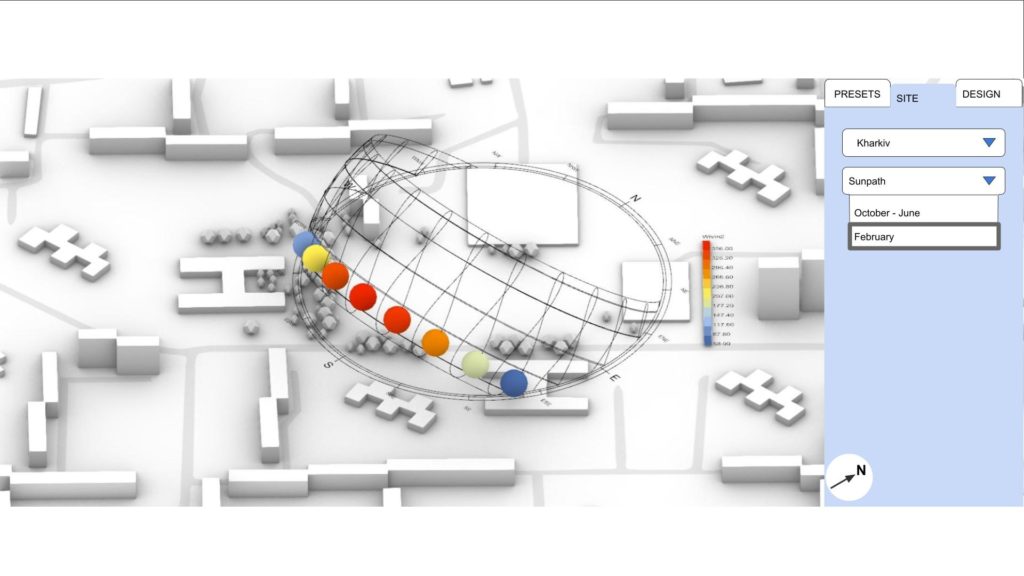
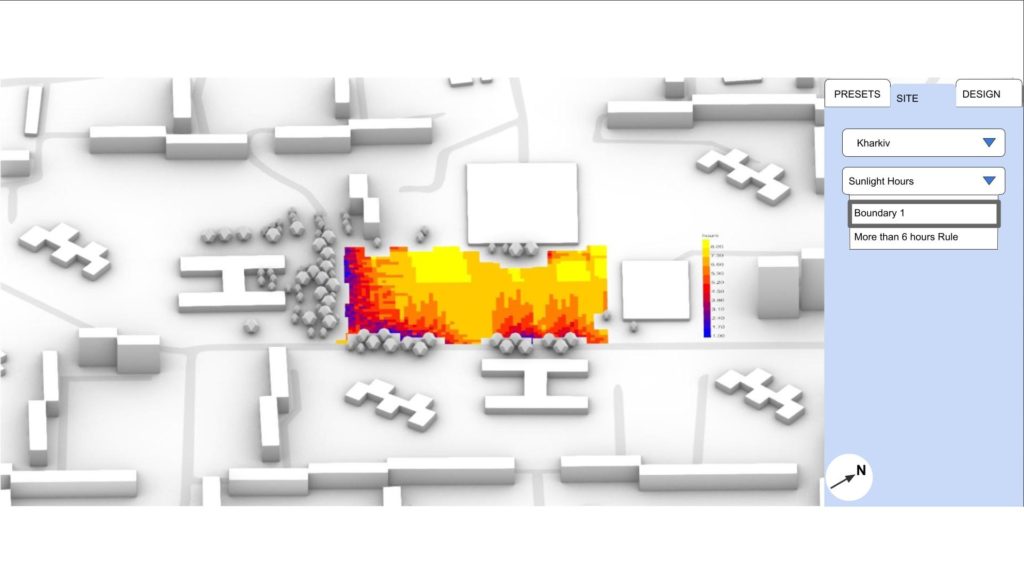
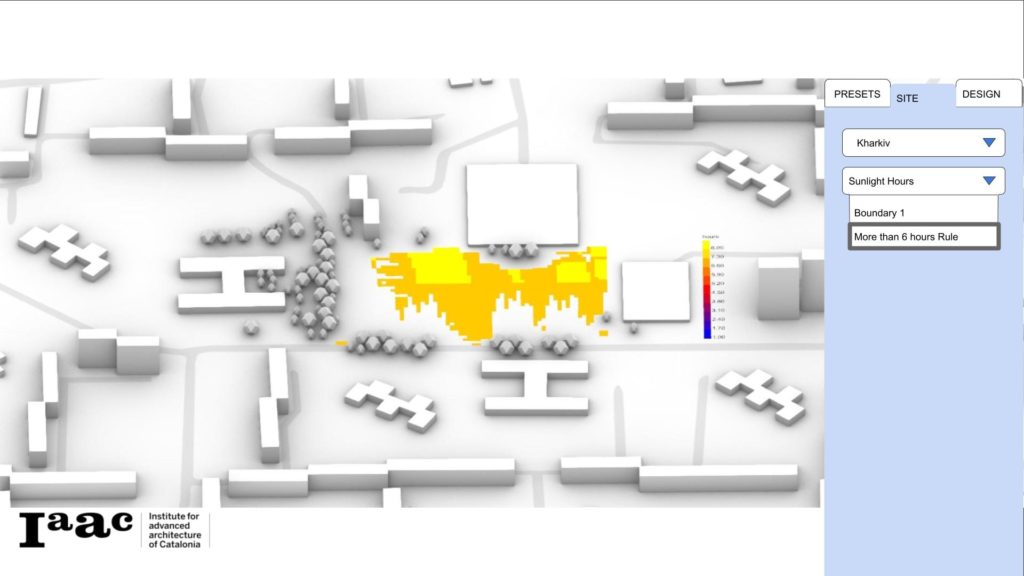

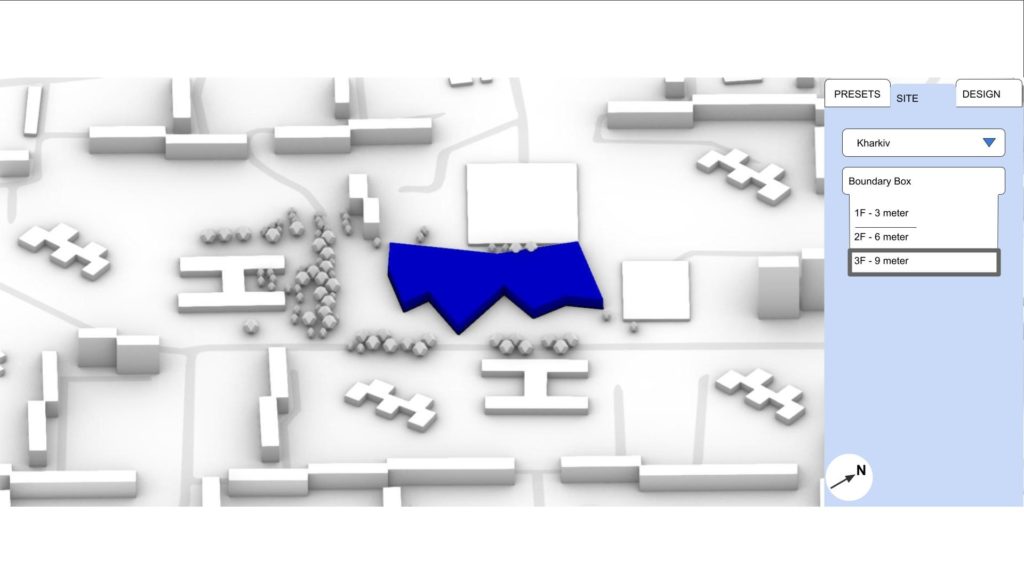
Many iterations were tried to seize the potential of the design. The iterations are evaluated on their solar radiation on the facade and indoor daylight autonomy considering that Kharkyv is a cold country and maximizing solar radiation may increase thermal comfort. Here are selected 9 different aggregations . For these 9 different aggregation scenarios, the range of total radiation on facade differs from 65.000 to 80.000 kilowatt hour. Considering the depth of classes full height openings were decided to use.
Although branching and creating small courtyards generates interesting masses we realized it has a worsening impact on radiation and daylight autonomy. The following design is selected for further development as one solution that on average performs best for the mentioned parameters for final design development.

